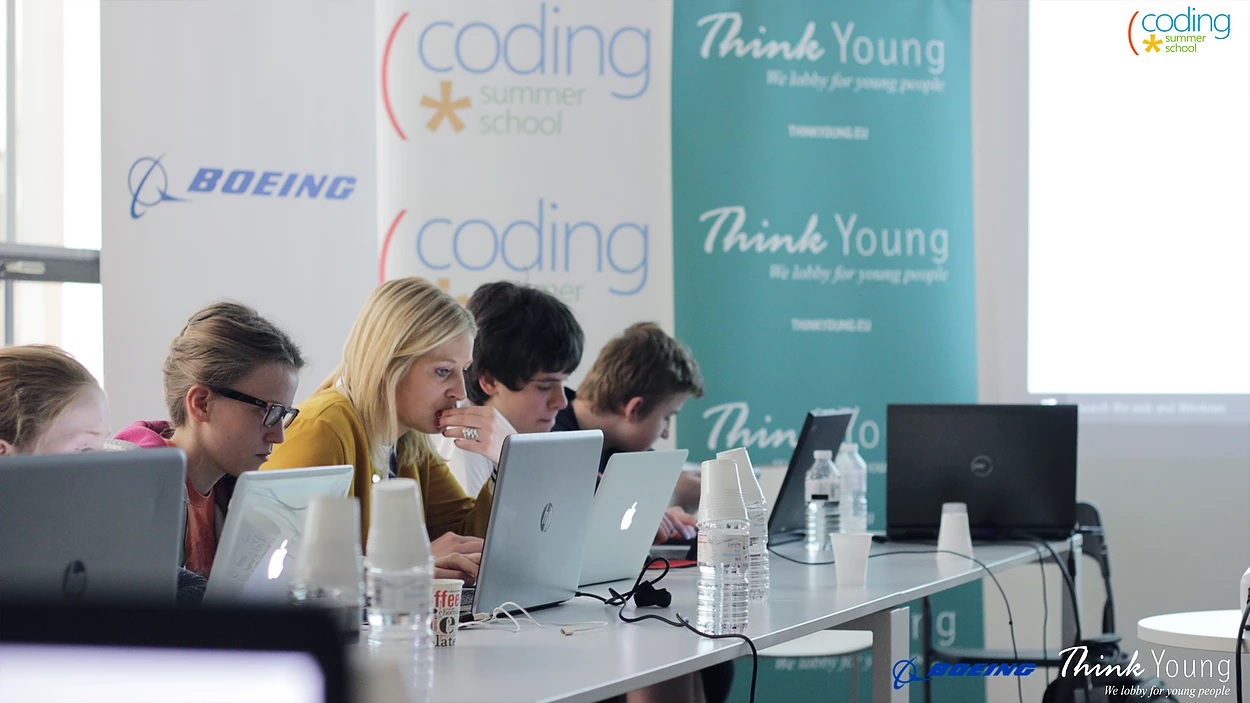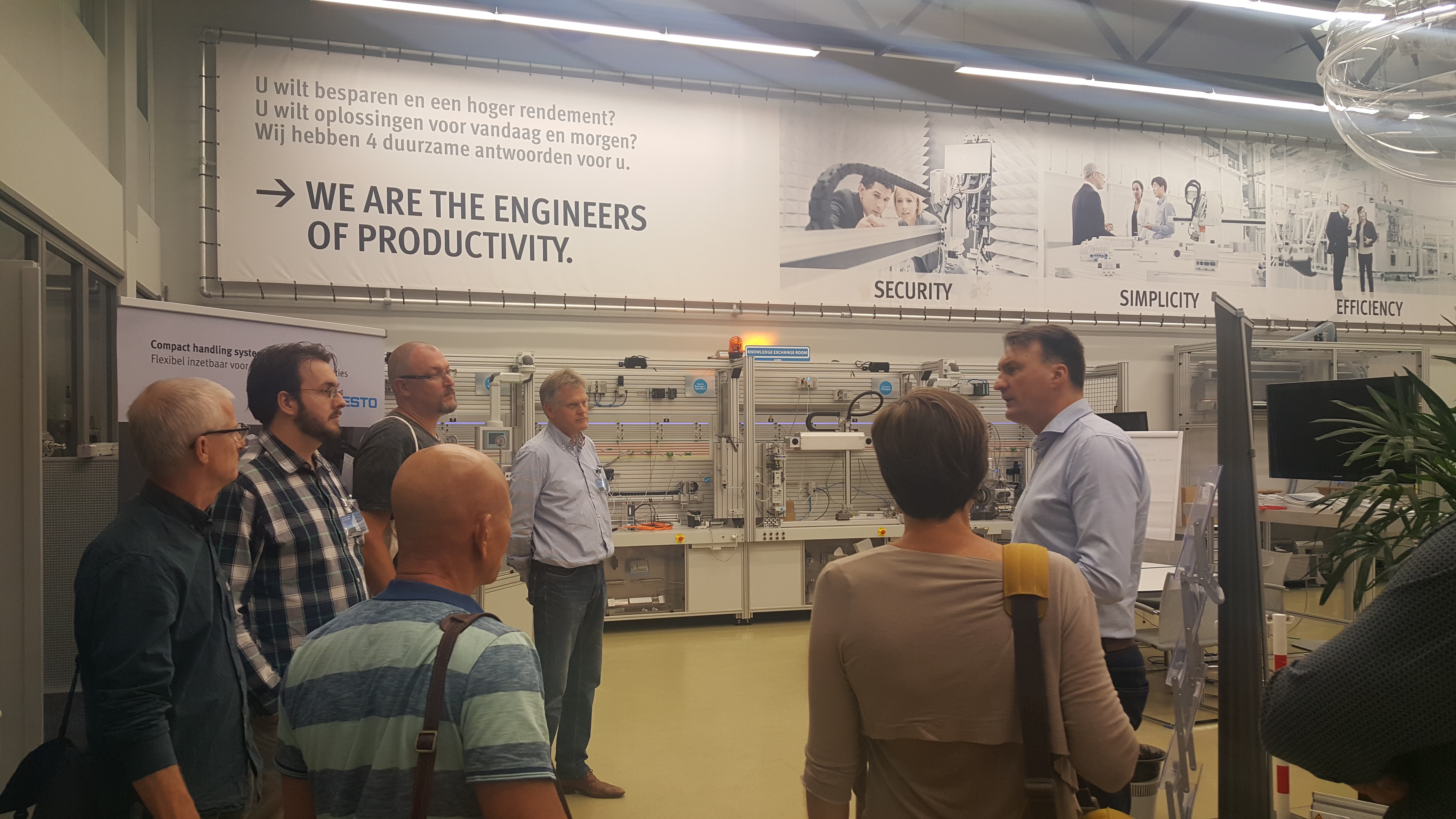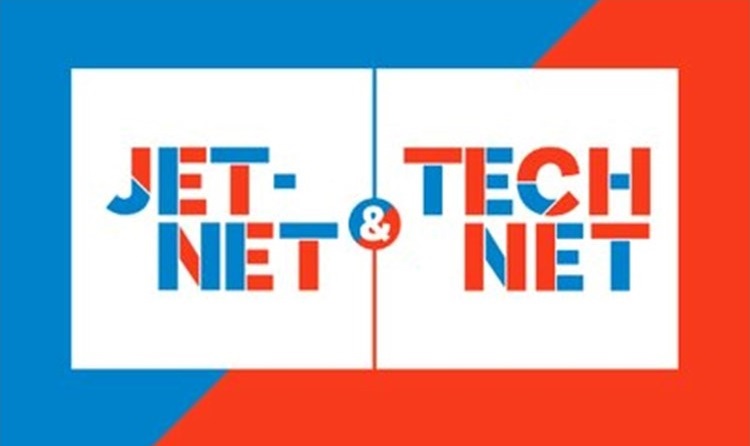"Rocket 69“ is an educational scientific entertaining TV contest for young people with the purpose to show that STEM (Science, Technology, Engineering, Mathematics) can be fun and show that everyone could perform the tasks that are given during the contest, while offering excitement and new knowledge. The name of the show comes from the fact that on 1969 the first man stepped on the Moon. All students starting from age 15 can apply for the show (until university students from 1st or 2nd year of studies). 15 contestants are chosen through casting and the casting process makes up the 1st episode of the show. From 2nd to 9th episode contestants solve the assignments in 3 competitive groups and from 10th episode individually. In the end of each episode one contestant has to leave after 1:1 scientific duel. All assignments require creativity, theoretical scientific knowledge and ability to use it in practices.
In the Grand Finale 2 finalists have to solve complex assignment that will show all their abilities. In the past 3 years the assignment has been to create and build Rube Goldberg machine. There is 1 personal winner who wins a EUR 10.000 scholarship to support his/her studies. The panel of judges consists of host of the show (young scientist) and 3 main judges who are also researchers. The first 9 episodes are shot in a studio specifically built for the show. Starting from 10th episode the locations vary and include science labs and research organizations, STEM companies etc.
All assignments and solutions of the contest are explained with a voice-over, by graphical illustrations during the show and also commented by judges. In addition, the Science Editor offers deeper explanations online for each assignment that can be used as STEM teaching material at school. The show is supported by cross-media approach combining radio, newspapers, internet, Facebook and other social media channels.
Rocket 69 is initiated by the Estonian Research Council in co-operation with Estonian National Broadcasting. The TV contest has been runnning for 10 seasons and will continue its course at least 2 more seasons (until 2022). The ultimate objective of the TV contest is to raise young people's interest in STEM education, professions and career in these fields. The aim of the show is also to engage parents, teachers and public in general (secondary target groups). There are no direct means for measuring the achievement of the objectives though indirect indication is evaluated based on the statistics of popularity of STEM specialties among the students enrolling universities, vocational schools and hobby education. Additionally, feedback from career specialists and consultants is gathered regarding the of (young) people’s interest towards STEM specialties.
The TV contest is produced within the science communication program “TeaMe+” that is developed based on the Estonian Research and Development and Innovation Strategy 2014-2020 “Knowledge-based Estonia”.













